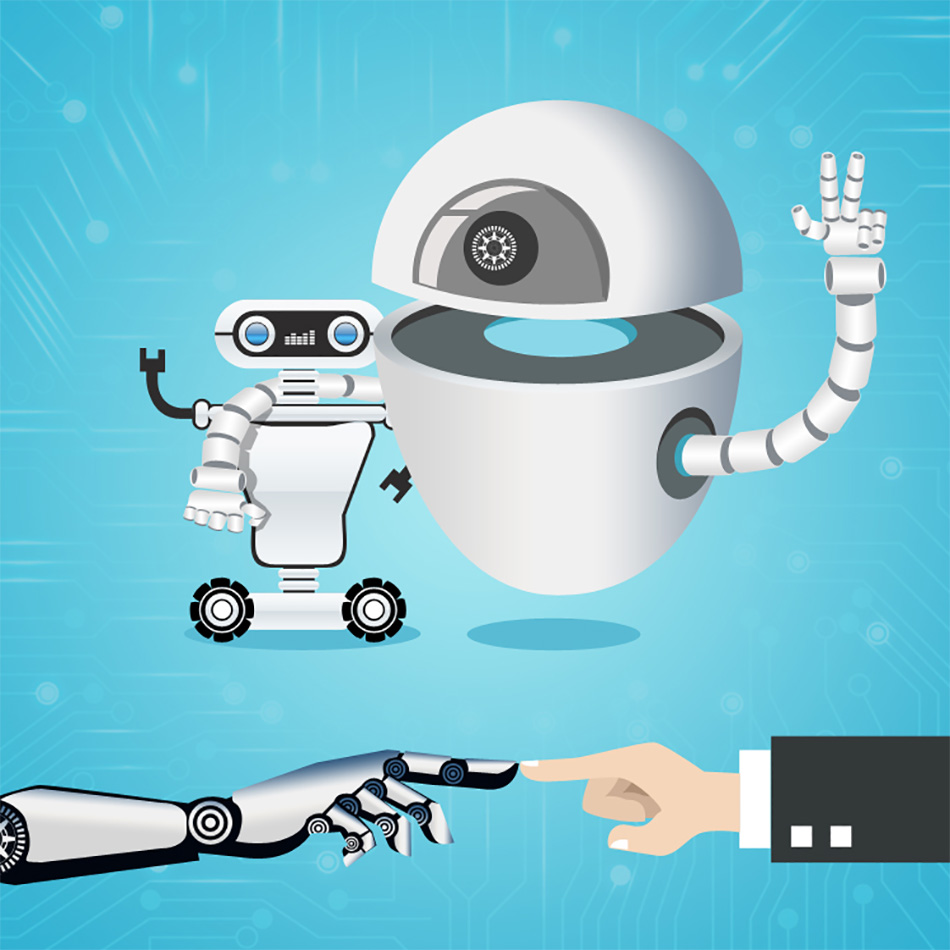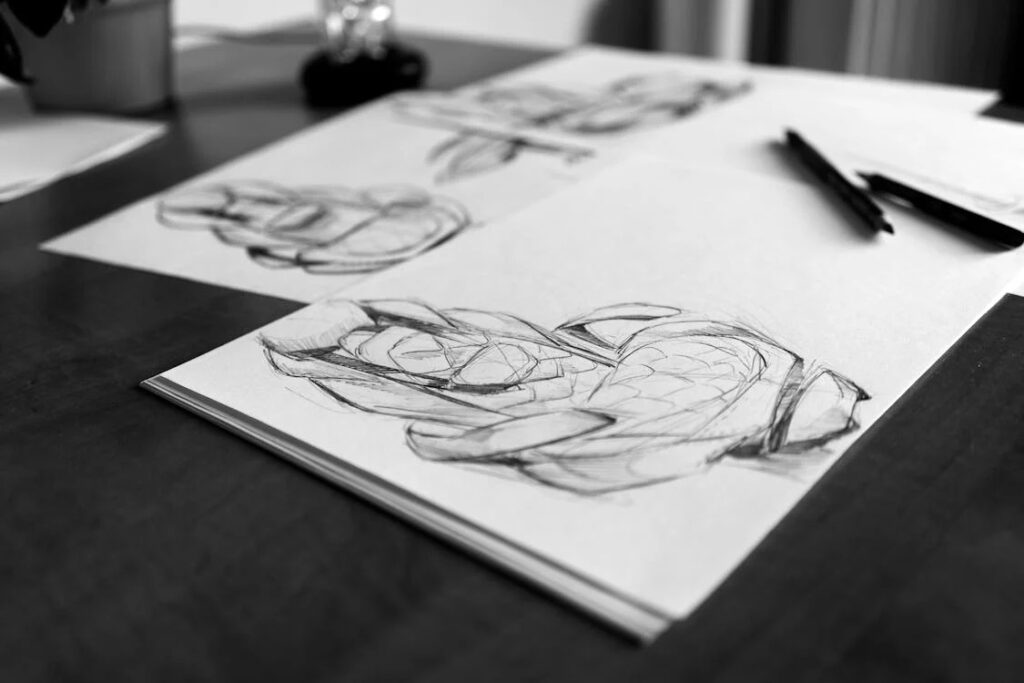Decoding Doodles: AI’s Leap in Understanding Human Sketches
The Evolution of AI in Visual Recognition
An important turning point in computer vision is reached when artificial intelligence (AI) learns to interpret human drawings. AI has historically done a great job at identifying distinct, well-defined visuals, such pictures or graphic designs. But a big obstacle was the abstract and impromptu character of human sketching. The University of Surrey and Stanford University have recently collaborated to develop a novel method for teaching AI the complex language of human doodling, hence broadening the possibilities for human-computer interface.

AI and the Art of Sketch Recognition
At the core of this breakthrough is a new model developed to interpret line drawings—art forms created with simple strokes but often representing complex ideas. Unlike traditional methods, which required extensive labeling of every pixel in an image, the new model utilizes a combination of actual sketches and descriptive texts. This method allows the AI to learn contextually, associating groups of pixels with corresponding categories from descriptions provided. This advancement not only enhances the AI’s understanding but also its ability to recognize and label various elements within a sketch, such as animals, landscapes, and everyday objects, with impressive accuracy.
Implications for Human-Computer Interaction

Future Directions and Applications
The potential applications of this technology are vast and varied. In educational settings, it could help in teaching concepts through visual aids that are created on-the-fly by students and interpreted by AI. Professions like engineering and architecture could find the design process more efficient if they could convert crude sketches into detailed models fast. Incorporating AI into mobile devices and applications will also probably improve daily chores, from taking notes to more involved creative projects, as long as AI keeps developing. Furthermore, this technology may result in the creation of new digital artistic instruments that would enable artists to work with AI as a creative collaborator. Within virtual and augmented reality settings, where users may change their surroundings with basic drawings, it might potentially enable more dynamic interactions.
Finally, the capacity of AI to interpret human sketching is a step towards more sophisticated and potent kinds of human-machine communication rather than only a technological accomplishment. Undoubtedly, as this technology develops, it will open up new creative opportunities and enhance the expressiveness and engagement of digital contacts. Moreover, this breakthrough could democratize design and creative expression, enabling anybody without formal education to realize their visual concepts. Integration of this technology into many industries may also completely change how we see and interact with the digital world, making it more inclusive and approachable. We close a critical gap between abstract human ideas and their digital representation by improving the interpretive capacities of AI.
